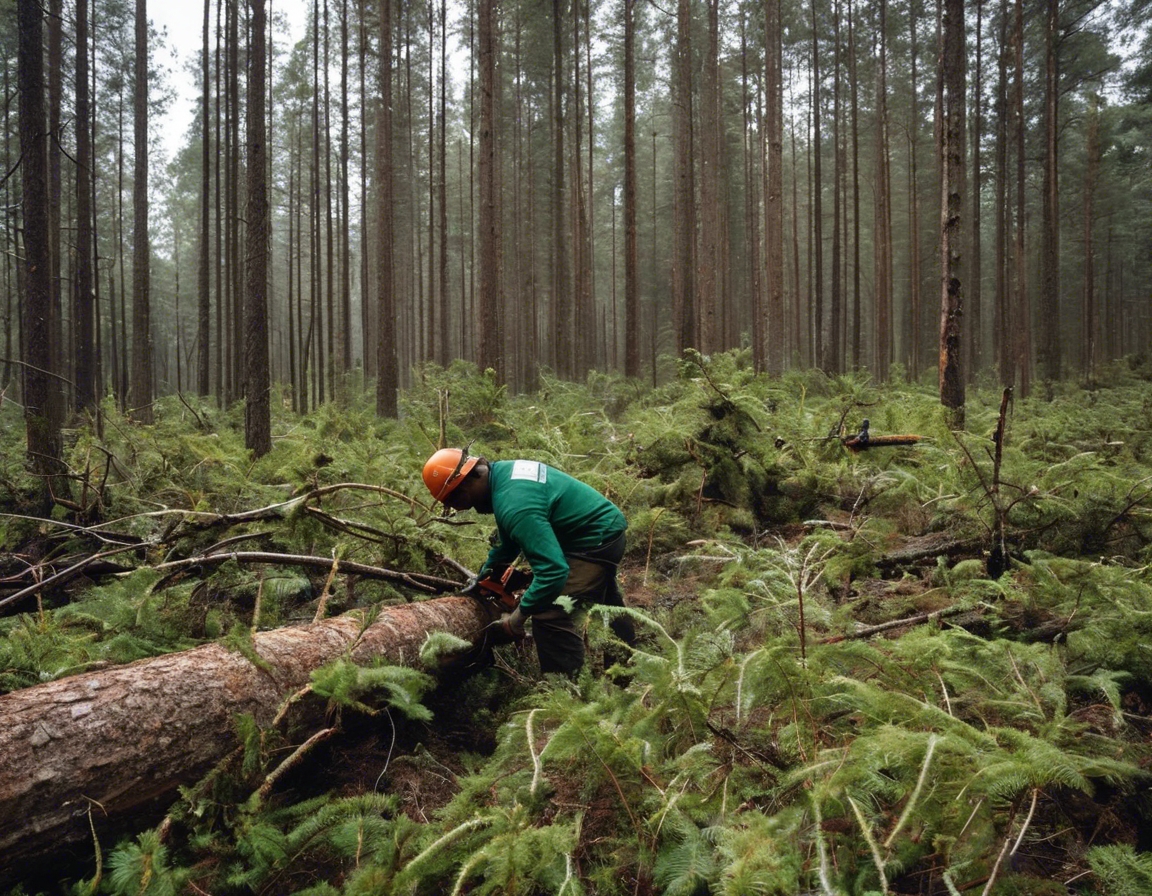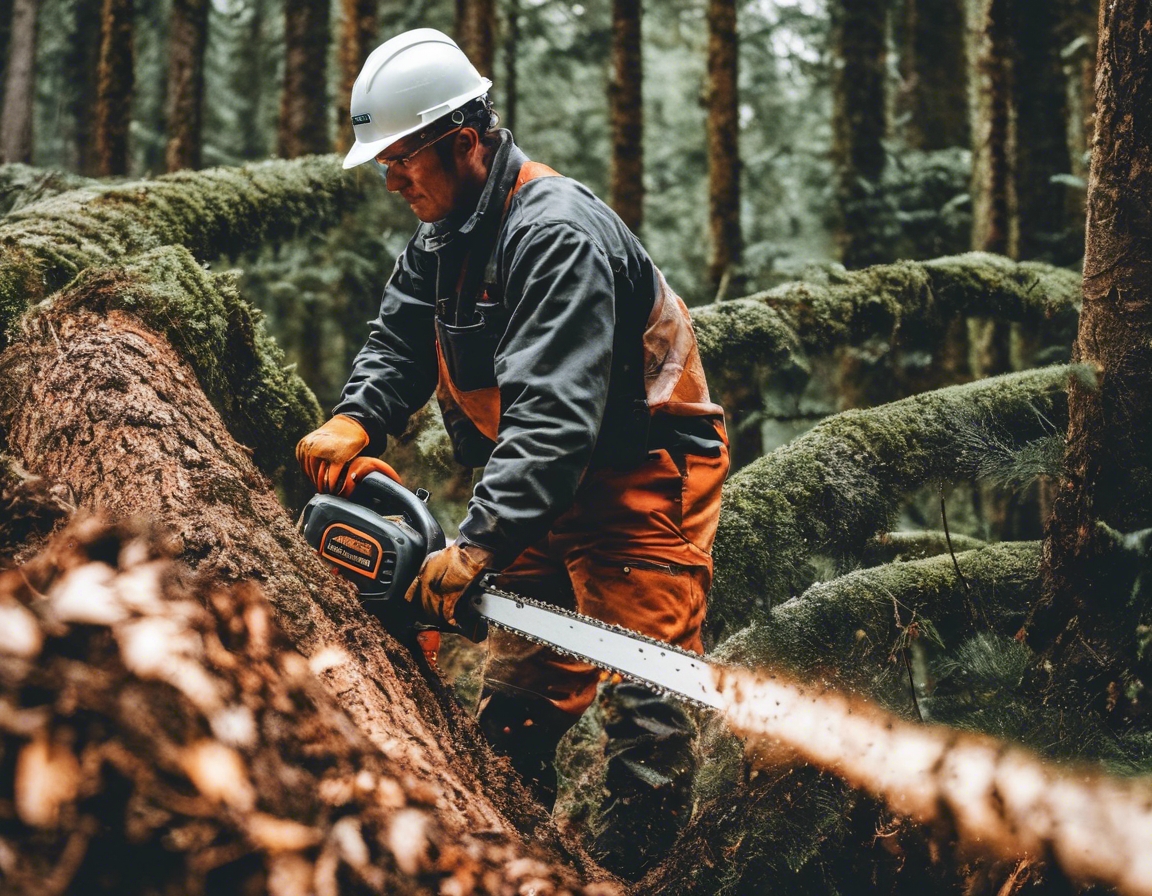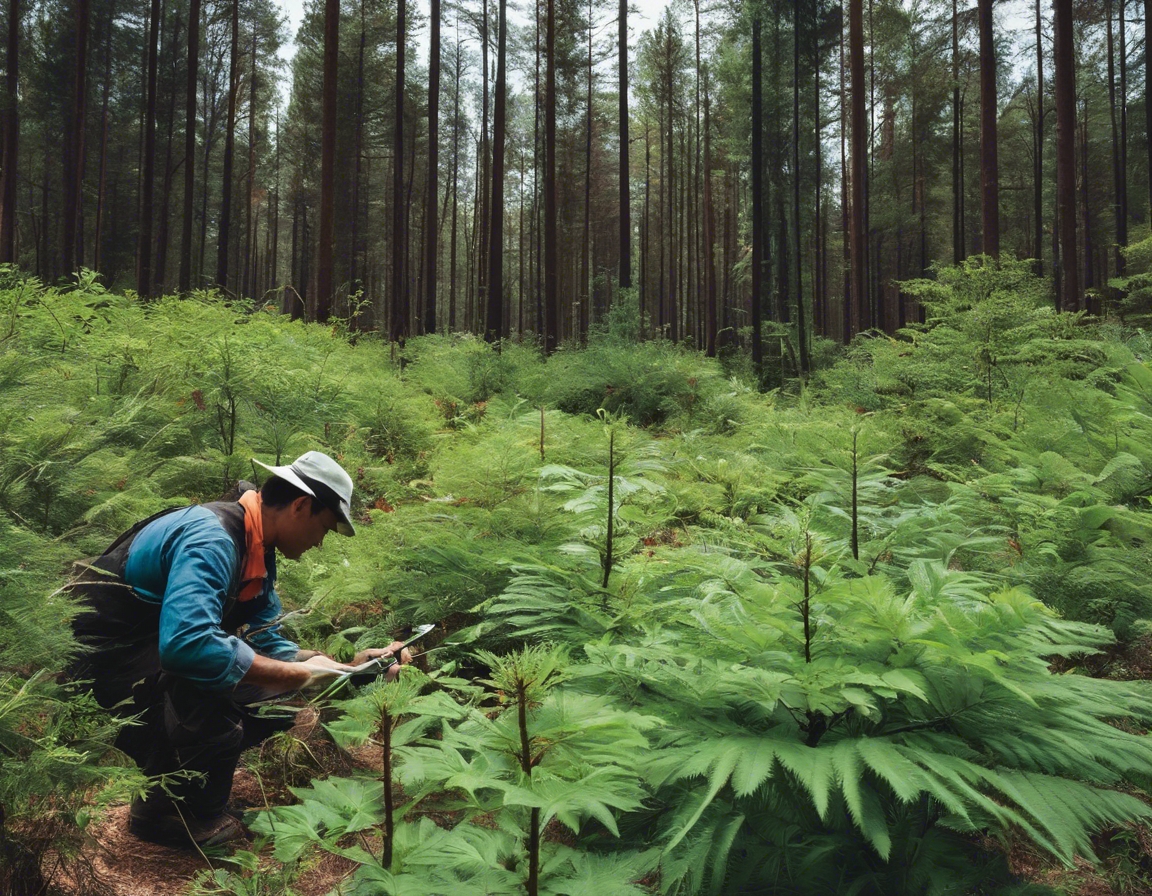5 reasons why sustainable forestry matters
Sustainable forestry is a management ethos that balances the environmental, economic, and social needs of present and future generations. It's a practice that ensures our forests continue to provide the necessary resources while maintaining their health and biodiversity.
The Ecological Impact of Sustainable Forestry
Biodiversity is the variety of life in a particular habitat or ecosystem. Sustainable forestry practices are designed to protect species diversity, which is crucial for the resilience of forest ecosystems. By maintaining a variety of tree species and ages, and by protecting habitats, sustainable forestry supports a wide range of plant and animal life.
Forests play a critical role in the hydrological cycle by filtering and regulating water. Sustainable forestry practices help to protect our water sources by preventing pollution and managing forested watersheds responsibly.
Forests act as carbon sinks, absorbing carbon dioxide from the atmosphere. Sustainable forestry practices, such as selective logging and maintaining forest cover, contribute to the fight against climate change by maximizing the carbon sequestration potential of forests.
Economic Benefits of Sustainable Forestry
By focusing on the long-term health of the forest, sustainable forestry can provide consistent and sustainable yields, ensuring profitability for generations. This approach encourages landowners to manage their forests responsibly, with a view to the future.
Sustainable forestry supports a stable forest industry by providing a steady supply of timber and non-timber products. This stability can lead to job creation and contribute to the economic vitality of rural communities.
Social Advantages of Sustainable Forestry
Forests are not just sources of timber; they are also important for recreation and tourism. Sustainable forestry practices can enhance the recreational value of forests, contributing to community development and well-being.
Many indigenous communities depend on forests for their livelihoods and cultural practices. Sustainable forestry recognizes the rights of these communities and works to protect their heritage and way of life.
Regulatory and Certification Aspects of Sustainable Forestry
Adhering to sustainable forestry practices often means compliance with stringent environmental laws and regulations, which can help forest managers avoid legal issues and fines.
Forest certification schemes, such as FSC and PEFC, provide a way for consumers to identify products from sustainably managed forests. This certification builds consumer trust and can lead to a preference for sustainably sourced products.
Technological and Innovative Approaches in Sustainable Forestry
Modern sustainable forestry incorporates innovative practices and continuous improvement. These advancements can lead to more efficient and effective forest management, ensuring the sustainability of forest resources.
Technology plays a crucial role in sustainable forestry. From satellite imagery to drones and GIS systems, technology is used to monitor forest health, plan sustainable harvests, and ensure compliance with forestry standards.






Comments (0)